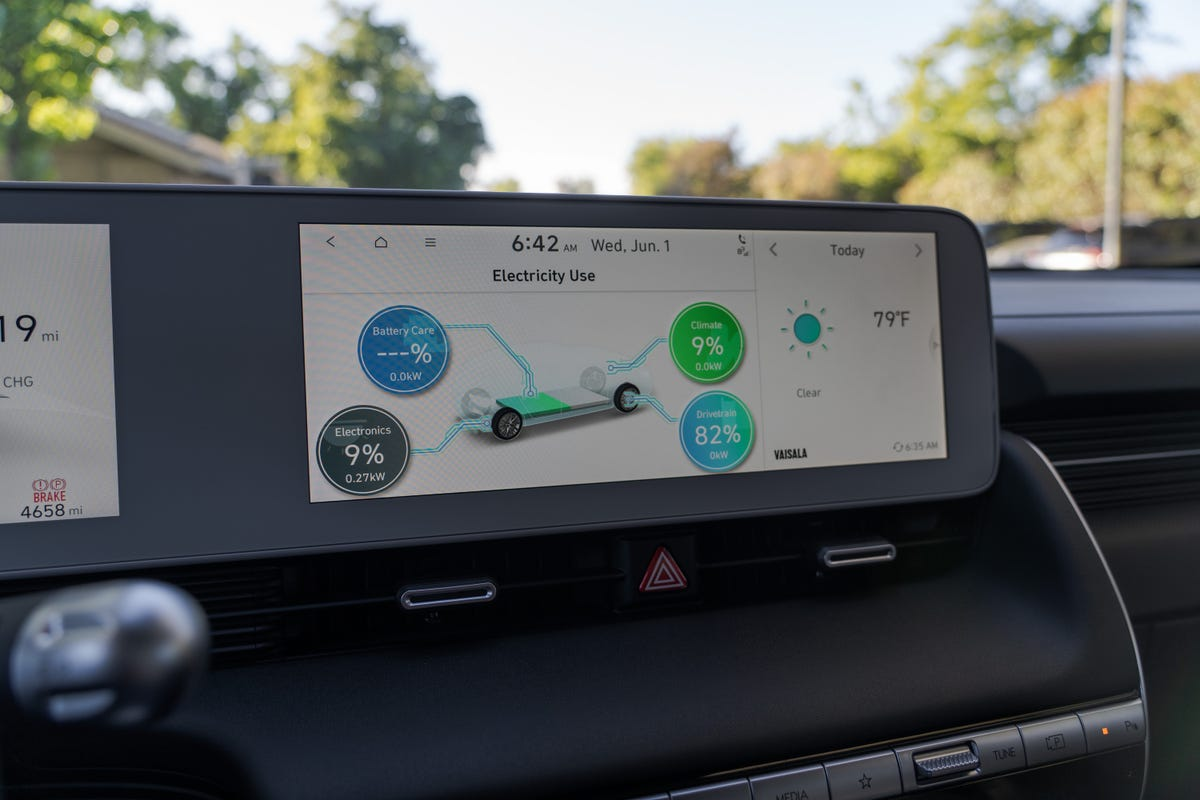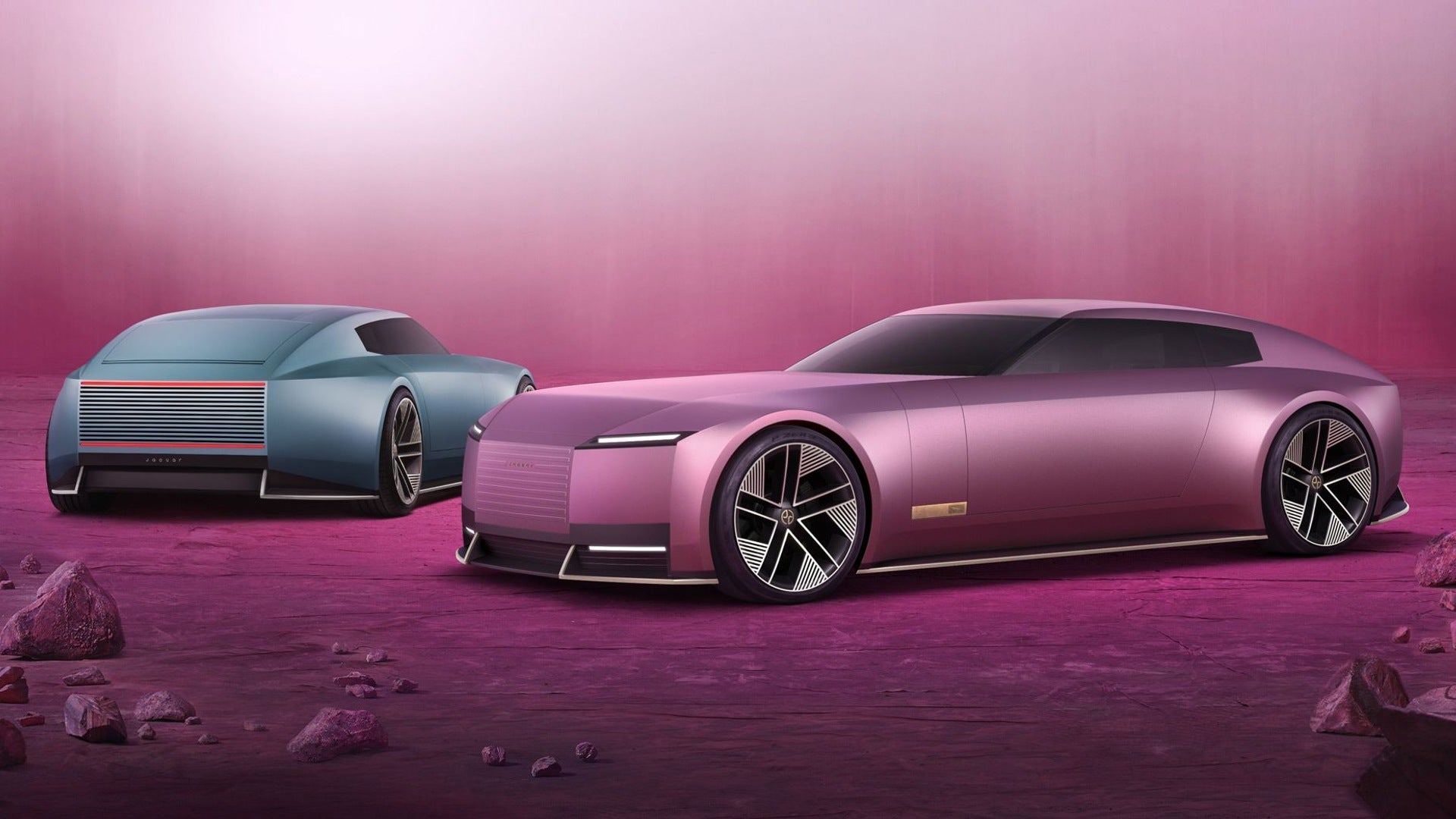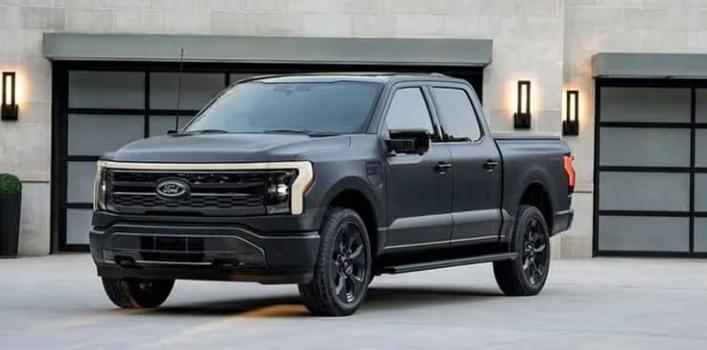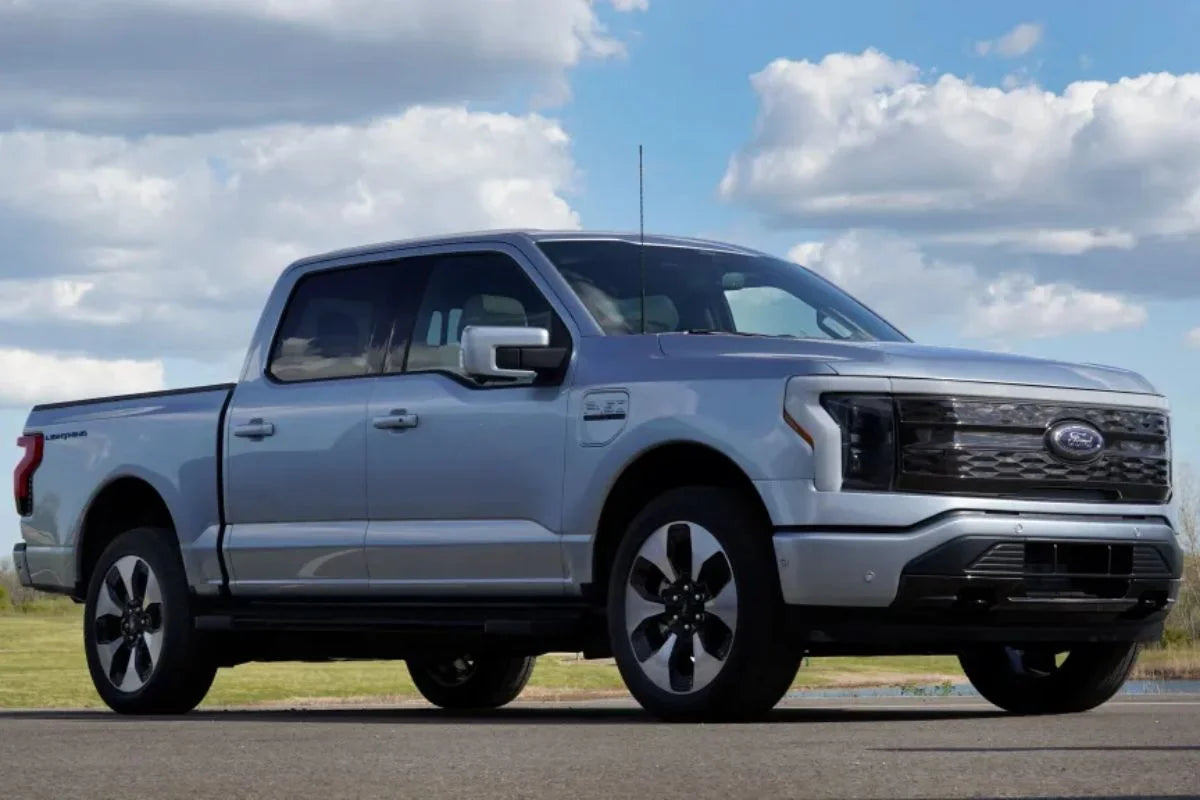Electric vehicles (EVs) are transforming the way we drive, but maximizing their range—especially in challenging conditions—requires more than just efficient driving habits. Many EV owners overlook settings buried in their vehicle’s software that can significantly extend range, saving energy and reducing charging frequency. In this article, we uncover five hidden EV settings you’re likely not using, explain their impact on battery performance, and show how they can work with tools like portable chargers and NEMA-compliant infrastructure to keep you on the road longer.
1. Adjust Regenerative Braking for Efficiency
Regenerative braking is a hallmark of EVs, converting kinetic energy back into stored battery power during deceleration. However, many EVs allow you to adjust the intensity of this feature, which can directly affect range. Default settings often prioritize a familiar driving feel over maximum energy recovery, but increasing regenerative braking intensity can recapture more energy, especially in stop-and-go traffic.
For example, Tesla’s “High” regenerative braking mode can add up to 10% more range in urban driving, according to a 2023 study by the Electric Vehicle Association. On the flip side, if you’re on a highway with minimal braking, lowering the intensity can reduce unnecessary drag. Check your EV’s settings menu—typically under “Driving” or “Battery”—to toggle this feature. Pair this adjustment with a portable charger for on-the-go top-ups, ensuring you’re always ready to maximize recovered energy.

2. Optimize Climate Control for Battery Savings
Heating and cooling systems are notorious for draining EV range, sometimes reducing it by 20-30% in extreme weather. Most EVs have a hidden setting called “Eco Climate Mode” or “Energy-Saving Climate,” which limits the power draw of the HVAC system. For instance, this mode might cap the heater’s output or prioritize air recirculation over pulling in cold outside air, preserving battery life.
In subzero conditions, using seat heaters and steering wheel heaters instead of cabin-wide heating can save significant energy. A 2022 study by AAA found that seat heaters use 50% less power than cabin heaters. If you’re charging on the road with a portable charger connected to a NEMA 14-50 outlet, precondition the cabin while plugged in to avoid draining the battery during your trip. Look for this setting under “Climate” or “Energy” in your EV’s menu.

3. Enable Range Mode for Long Trips
Many EVs come with a “Range Mode” or “Eco Mode” that optimizes multiple systems for maximum efficiency. This setting often reduces acceleration power, lowers top speed, and fine-tunes battery management to prioritize range over performance. For example, Ford Mustang Mach-E’s Range Mode can extend range by up to 15%, according to Ford’s 2024 testing data, by limiting power to non-essential systems.
This mode is ideal for long highway drives where steady speeds are key. However, it may not suit spirited driving, so toggle it off in urban settings where quick acceleration is needed. If you’re planning a long trip, ensure your portable charger is compatible with NEMA outlets at rest stops, allowing you to top up without sacrificing range. Range Mode is typically found under “Drive Modes” or “Battery Settings.”

4. Fine-Tune Charging Limits to Preserve Battery Health
Charging your EV to 100% might seem like the best way to maximize range, but it can stress the battery over time, reducing its long-term capacity. Most EVs have a hidden setting to cap the charge limit at 80-90%, which preserves battery health and, indirectly, range. A healthier battery maintains its efficiency longer, ensuring consistent range over years of use.
For daily driving, set the limit to 80%—this is often enough for most commutes while reducing wear on the battery. On long trips, you can temporarily increase the limit to 100% if needed, especially if you’re charging with a NEMA-compliant Level 2 charger at home or a portable charger on the road. Tesla, for instance, allows this adjustment under “Battery” settings, while other EVs may list it under “Charging Preferences.” A 2023 study by Battery University noted that limiting charge to 80% can extend battery lifespan by 20%.

5. Use Adaptive Cruise Control with Energy Optimization
Adaptive Cruise Control (ACC) isn’t just for convenience—it can also boost range when paired with energy optimization settings. Many modern EVs, like the Hyundai Ioniq 5 and BMW i4, have an “Eco” or “Energy-Saving” mode within ACC that adjusts acceleration and deceleration for maximum efficiency. This setting minimizes abrupt power spikes, ensuring smoother energy use.
For example, the Ioniq 5’s Smart Cruise Control with Eco Mode can improve range by 5-8% on highways by maintaining consistent speeds and optimizing regenerative braking during slowdowns. This is particularly useful on long drives where charging options may be sparse. If you’re relying on a portable charger with a NEMA 6-50 outlet at a campsite, this setting ensures you stretch every mile before needing a recharge. Look for this feature under “Driver Assistance” or “Cruise Control” settings.

Bonus Tip: Leverage Scheduled Charging for Efficiency
While not a “hidden” setting, Scheduled Charging is often underutilized and can indirectly boost range by optimizing battery temperature before you drive. Most EVs allow you to schedule charging during off-peak hours or when the battery can precondition for optimal temperature. A warm battery charges more efficiently and delivers better range, especially in cold weather.
For instance, charging during the early morning hours with a NEMA-compliant Level 2 charger at home ensures the battery is at an ideal temperature for your commute. If you’re on the road, a portable charger can be used to schedule charging at a time when ambient temperatures are less extreme. This setting is usually found under “Charging” or “Battery Management” in your EV’s menu.

Conclusion: Unlock Your EV’s Full Potential
Maximizing your EV’s range doesn’t stop at driving habits or charging infrastructure—it’s about leveraging the technology built into your vehicle. Adjusting regenerative braking, optimizing climate control, enabling Range Mode, fine-tuning charge limits, and using energy-efficient Adaptive Cruise Control can collectively extend your range by 15-30%, depending on conditions. Pair these settings with reliable tools like a portable charger and NEMA-compatible outlets, and you’ll have the confidence to tackle any journey, whether it’s a daily commute or a cross-country road trip.
As EV technology evolves, manufacturers are embedding more of these intelligent features into their vehicles. Take the time to explore your EV’s settings menu—you might be surprised at the untapped potential waiting to boost your range. Start experimenting with these hidden settings today, and drive farther with every charge.
Recommend Reading: Volkswagen EVs Set to Connect to Tesla’s Supercharger Network by 2025








Share:
How to Protect Your EV Battery in cold weather?
Ford EV Charging Guide: Mustang Mach-E & F-150 Lightning